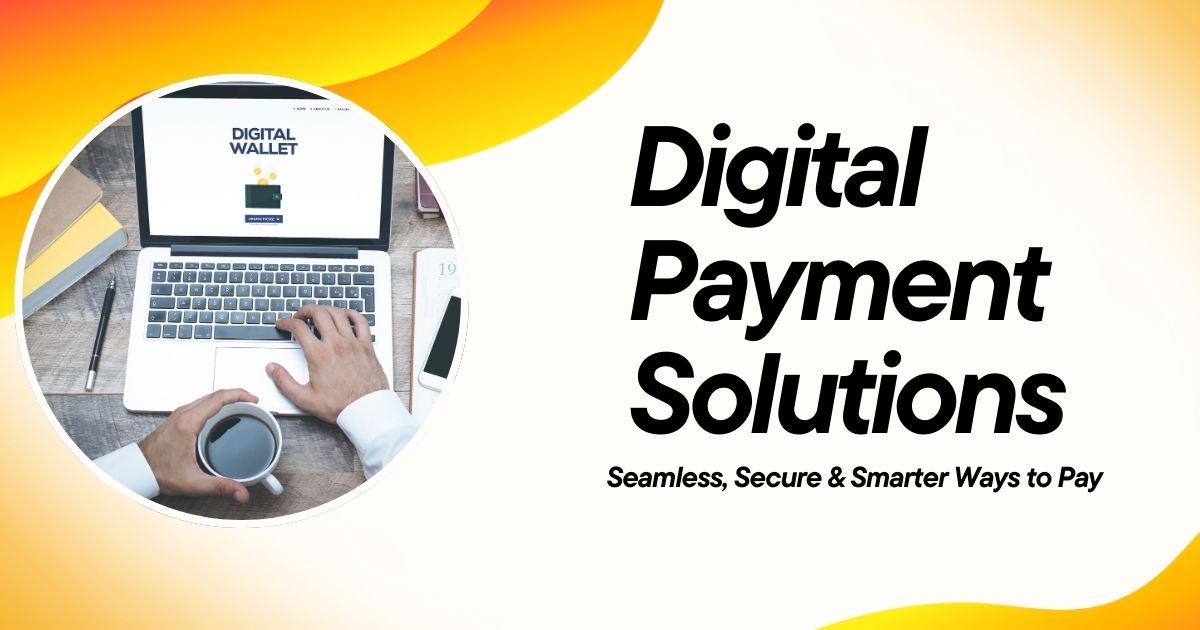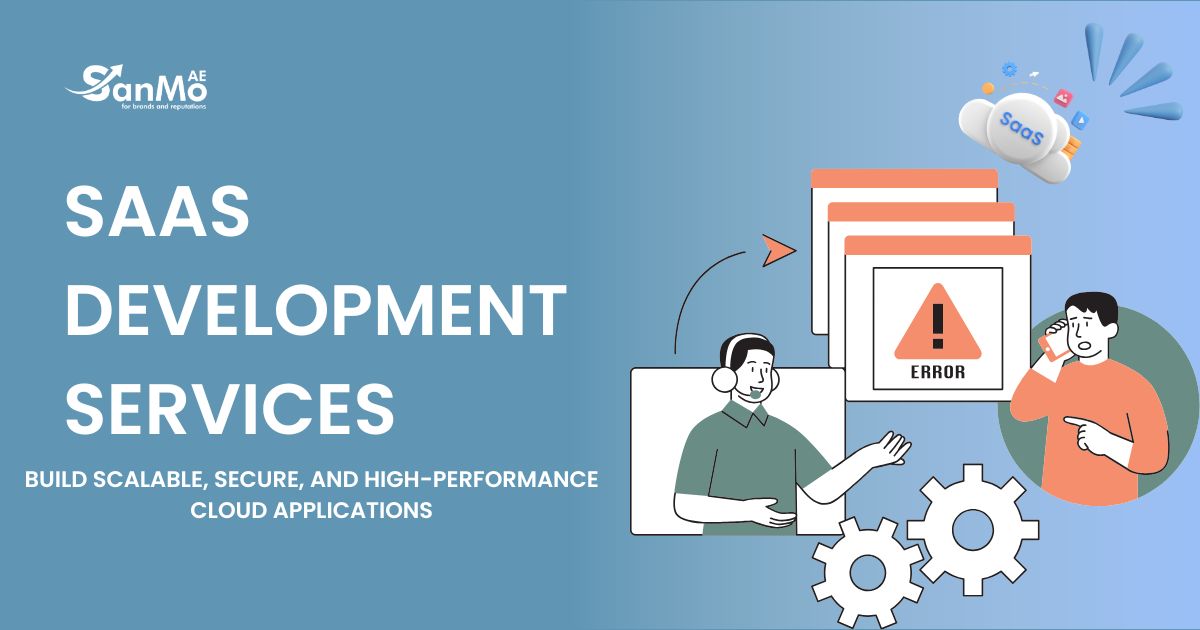The way we pay for things has changed dramatically over the past decade. From tapping our phones at coffee shops to sending money instantly to friends, digital payment solutions have revolutionized financial transactions worldwide. What once required cash, checks, or credit cards can now be accomplished with a few taps on a smartphone screen.
This transformation extends far beyond convenience. Digital payment solutions are reshaping entire industries, enabling new business models, and providing financial access to previously underserved populations. Whether you’re a business owner considering payment options or a consumer navigating the digital wallet landscape, understanding these solutions is essential for participating in our increasingly cashless economy.
This comprehensive guide explores the various types of digital payment solutions, their benefits and challenges, and what the future holds for digital transactions. By the end, you’ll have a clear understanding of how these technologies work and which options might best serve your needs.
What Are Digital Payment Solutions?
Digital payment solutions encompass any method of conducting financial transactions electronically, without the need for physical cash or traditional paper checks. These systems leverage technology to facilitate the transfer of money between parties, whether that’s a consumer purchasing goods online, a business paying suppliers, or individuals splitting a restaurant bill.
The scope of digital payment solutions is broad, ranging from simple credit card processors to sophisticated blockchain-based cryptocurrencies. What unites these various approaches is their reliance on digital infrastructure to move money securely and efficiently.
Modern digital payment systems typically involve multiple components working together: user interfaces (like mobile apps or websites), payment processors, security protocols, and banking networks. This ecosystem enables transactions to occur almost instantaneously, often with enhanced security features that surpass traditional payment methods.
Types of Digital Payment Solutions
Mobile Wallets and Apps
Mobile payment applications have become ubiquitous, with solutions like Apple Pay, Google Pay, and Samsung Pay leading the charge. These platforms store payment information securely on smartphones, allowing users to make purchases by simply holding their device near a compatible terminal.
Beyond the tech giants’ offerings, specialized payment apps like Venmo, PayPal, and Cash App focus on peer-to-peer transactions. These platforms have transformed how people handle shared expenses, pay back loans, or send money to family members across the country.
The appeal of mobile wallets lies in their convenience and security features. Many use tokenization, replacing actual card numbers with unique digital identifiers, making transactions more secure than traditional card swipes.
Contactless Payment Cards
Traditional payment cards have evolved to include near-field communication (NFC) technology, enabling contactless transactions. These cards allow users to simply tap their card on a payment terminal rather than inserting it or swiping.
The technology gained significant traction during the COVID-19 pandemic as businesses and consumers sought to minimize physical contact. Many banks now issue contactless cards as standard, and the adoption rate continues to climb globally.
Online Payment Gateways
E-commerce has driven the development of sophisticated online payment gateways that handle transactions for websites and mobile applications. Companies like Stripe, Square, and PayPal provide the infrastructure that allows businesses to accept payments online securely.
These gateways handle complex processes behind the scenes, including fraud detection, currency conversion, and compliance with various financial regulations. They’ve made it possible for businesses of all sizes to sell products and services online without developing their own payment infrastructure.
Buy Now, Pay Later Services
A newer category of digital payment solutions focuses on installment-based purchasing. Services like Klarna, Afterpay, and Affirm allow consumers to split purchases into smaller payments over time, often with little or no interest.
These platforms have gained particular popularity among younger consumers and for larger purchases. They represent a digital evolution of traditional layaway programs, but with immediate product delivery.
Cryptocurrency and Blockchain Payments
Digital currencies like Bitcoin, Ethereum, and stablecoins represent a more radical departure from traditional payment systems. These solutions use blockchain technology to enable peer-to-peer transactions without traditional banking intermediaries.
While still facing adoption challenges and regulatory uncertainty, cryptocurrency payments offer unique benefits like lower international transfer fees and increased privacy. Some businesses now accept cryptocurrency payments directly, while others use services that instantly convert crypto payments to traditional currency.
Business-to-Business Solutions
Digital payment solutions for businesses often involve more complex requirements than consumer transactions. Platforms like ACH transfers, wire transfers through digital interfaces, and specialized B2B payment networks help companies manage vendor payments, payroll, and other large-scale transactions.
These systems often integrate with accounting software and enterprise resource planning (ERP) systems, streamlining financial operations for businesses of all sizes.
Benefits of Digital Payment Solutions
Speed and Convenience
Digital payments eliminate many of the friction points associated with traditional payment methods. Transactions that once required trips to banks or waiting for checks to clear can now be completed instantly. This speed benefits both consumers and businesses, improving cash flow and reducing administrative overhead.
The convenience factor extends beyond transaction speed. Digital payment solutions often store payment information securely, reducing the need to repeatedly enter card details or carry multiple physical cards.
Enhanced Security
Modern digital payment solutions typically offer superior security compared to cash or traditional card payments. Features like encryption, tokenization, and biometric authentication make it much more difficult for fraudsters to access or misuse payment information.
Many systems also provide real-time transaction monitoring and instant notifications, allowing users to quickly identify and report suspicious activity. The ability to instantly freeze accounts or cancel cards through mobile apps adds another layer of protection.
Better Record Keeping
Digital transactions automatically create detailed records, making it easier for individuals and businesses to track spending, manage budgets, and handle tax preparation. Many platforms offer spending categorization, analytics, and integration with accounting software.
This automatic record-keeping eliminates the need to manually track cash transactions or organize paper receipts, saving time and reducing the likelihood of errors.
Global Reach
Digital payment solutions can facilitate international transactions more easily than traditional methods. Many platforms handle currency conversion automatically and can send money across borders much faster and more cheaply than traditional wire transfers.
This capability has been particularly valuable for e-commerce businesses looking to serve global markets and for individuals sending remittances to family members in other countries.
Financial Inclusion
Digital payment solutions can provide financial services to populations that have been underserved by traditional banking. In many developing countries, mobile payment systems have enabled millions of people to access financial services for the first time.
These solutions often require only a mobile phone rather than a traditional bank account, lowering barriers to financial participation.
Challenges and Considerations
Privacy Concerns
Digital payment solutions typically collect and store significant amounts of data about users’ financial habits and transactions. This information can be valuable for fraud prevention and service improvement, but it also raises privacy concerns.
Users must consider how their payment data might be used, shared, or potentially compromised. Different platforms have varying privacy policies and data protection practices, making it important to understand these policies before choosing a payment solution.
Technical Dependencies
Digital payment systems rely on technology infrastructure that can sometimes fail. Network outages, software bugs, or cybersecurity incidents can temporarily prevent access to funds or interrupt transaction processing.
While such incidents are relatively rare, they highlight the importance of having backup payment methods available and understanding the risks associated with digital-only financial systems.
Regulatory Compliance
The regulatory landscape for digital payments continues to evolve, with different jurisdictions implementing varying requirements for licensing, consumer protection, and anti-money laundering measures.
Businesses accepting digital payments must navigate these regulatory requirements, which can be complex and costly. Consumers should also understand their rights and protections under relevant regulations.
Digital Divide
Not everyone has equal access to the technology and internet connectivity required for digital payment solutions. This digital divide can create barriers for older adults, low-income populations, and people in rural areas.
Ensuring that digital payment adoption doesn’t exclude vulnerable populations remains an ongoing challenge for policymakers and service providers.
Choosing the Right Digital Payment Solution
For Consumers
When selecting digital payment options, consumers should consider factors like security features, accepted locations, fees, and integration with existing financial accounts. The best choice often depends on individual spending habits and priorities.
Those who value privacy might prefer solutions that minimize data collection, while frequent travelers might prioritize platforms with strong international capabilities and low foreign transaction fees.
For Businesses
Businesses must evaluate digital payment solutions based on factors like transaction fees, integration capabilities, customer preferences, and regulatory requirements. The optimal choice varies significantly based on business size, industry, and customer base.
Small businesses might prioritize simple setup and low monthly costs, while large enterprises may need advanced features like detailed reporting, multiple currency support, and integration with existing systems.
The Future of Digital Payments
Emerging Technologies
Technologies like artificial intelligence, machine learning, and advanced biometrics are being integrated into payment solutions to improve security and user experience. Voice-activated payments, facial recognition, and predictive fraud detection represent the next generation of payment innovation.
Quantum computing, while still in early stages, could eventually revolutionize payment security by enabling new forms of encryption and fraud detection.
Central Bank Digital Currencies
Many governments are exploring or piloting central bank digital currencies (CBDCs), which would represent government-issued digital alternatives to physical cash. These could significantly impact the digital payment landscape by providing a government-backed digital payment option.
Internet of Things Integration
As more devices become internet-connected, payment capabilities are being embedded in cars, appliances, and other everyday objects. This could enable seamless payments for services like parking, utilities, or maintenance without human intervention.
Making Digital Payments Work for You
The digital payment revolution is not just changing how we handle money—it’s creating new opportunities for businesses, improving financial inclusion, and reshaping the global economy. Understanding these solutions and their implications is crucial for anyone participating in modern commerce.
Whether you’re considering which payment app to use for splitting dinner bills or evaluating enterprise payment systems for your business, the key is matching the solution to your specific needs and risk tolerance. The landscape will continue evolving rapidly, but the fundamental benefits of speed, security, and convenience make digital payment solutions an increasingly important part of our financial lives.
As these technologies mature and regulatory frameworks develop, we can expect even more innovative payment solutions to emerge. The organizations and individuals who understand and adapt to these changes will be best positioned to benefit from the opportunities they create.







